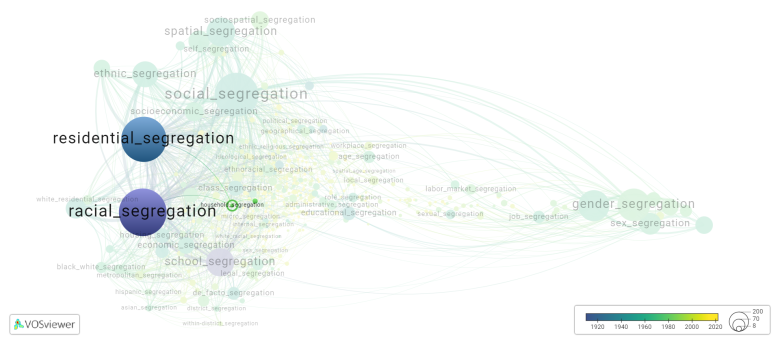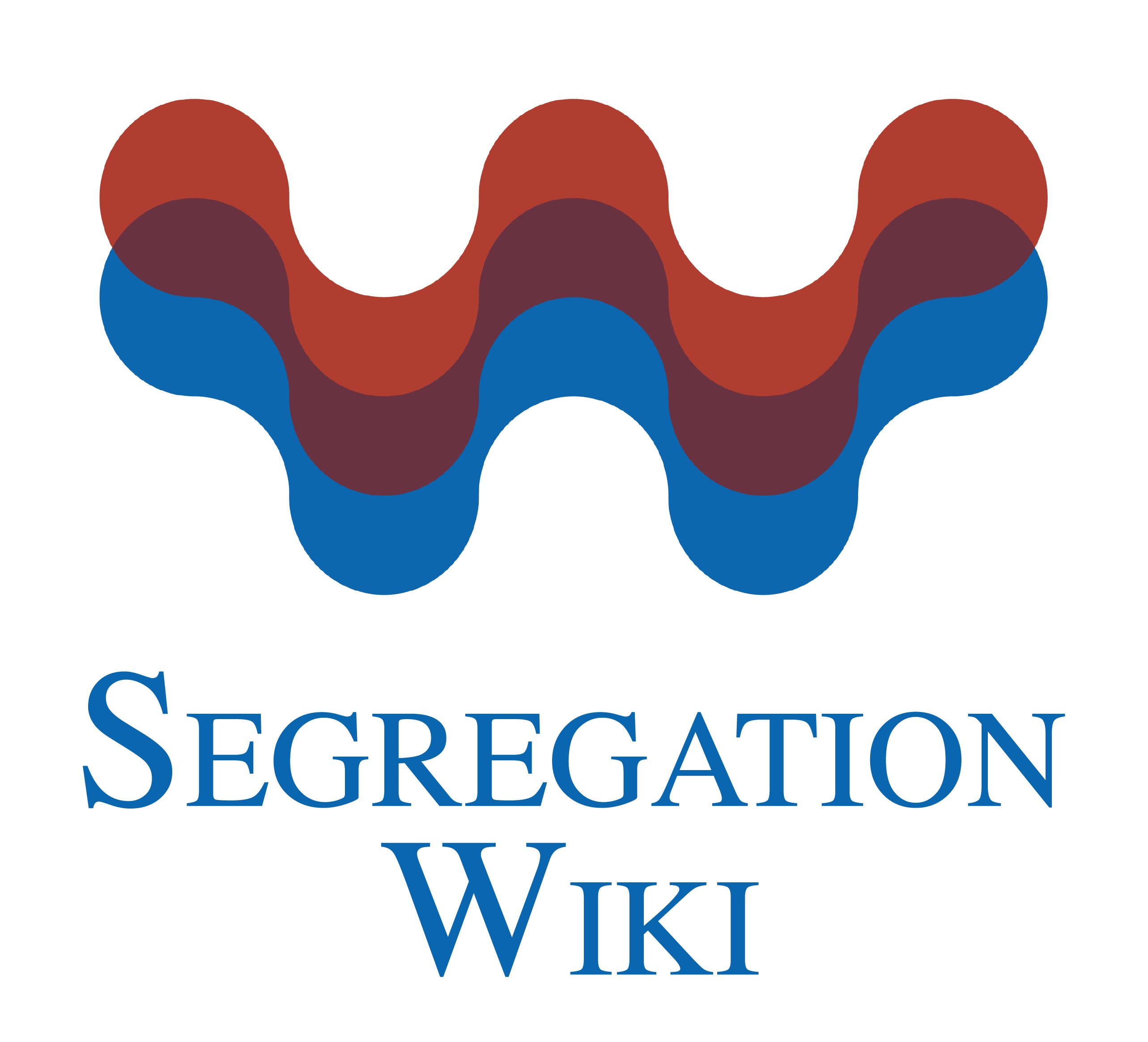Household segregation
Date and country of first publication[1]
1990
United States
Definition
Household segregation refers to the separation of different socioeconomic groups or demographic groups within a community or neighborhood. This can include racial, ethnic, or income-based segregation.
Household segregation can occur for various reasons, including social and economic factors. Historical and discriminatory practices, such as redlining, have contributed to racial and ethnic segregation in many cities. Economic disparities can also lead to income-based segregation, with wealthier households tending to live in more affluent neighborhoods while lower-income households are concentrated in lower-income areas.
The consequences of household segregation can be significant. Segregated neighborhoods often have limited access to quality education, healthcare, and other resources and amenities. This can perpetuate and worsen socio-economic inequalities. Segregated communities might also lack diversity, leading to limited exposure to different cultures and perspectives.
Efforts to address household segregation often involve policies aimed at promoting housing affordability, fair housing practices, and equitable access to resources and opportunities. Additionally, community-building initiatives, efforts to reduce economic disparities, and promoting diverse and inclusive neighborhoods contribute to reducing household segregation.
See also
Related segregation forms
Household segregation is frequently discussed in the literature with the following segregation forms:
residential segregation, racial segregation, demographic segregation, racial residential segregation

This visualization is based on the study The Multidisciplinary Landscape of Segregation Research.
For the complete network of interrelated segregation forms, please refer to:
References
Notes
- ↑ Date and country of first publication as informed by the Scopus database (December 2023).
Household segregation appears in the following literature
Miller V.P., Quigley J.M. (199). Segregation by Racial and Demographic Group: Evidence from the San Francisco Bay Area. Urban Studies, 27(1), 3-21. https://doi.org/10.1080/00420989020080011
Grodzińska-Jurczak M., Tomal P., Tarabuła-Fiertak M., Nieszporek K., Read A.D. (2006). Effects of an educational campaign on public environmental attitudes and behaviour in Poland. Resources, Conservation and Recycling, 46(2), 182-197. https://doi.org/10.1016/j.resconrec.2005.06.010
Marsh K., Iceland J. (201). The racial residential segregation of black single living alone households. City and Community, 9(3), 299-319. https://doi.org/10.1111/j.1540-6040.2010.01338.x
Fischer M.J. (2013). Black and white homebuyer, homeowner, and household segregation in the United States, 1990 2010. Social Science Research, 42(6), 1726-1736. https://doi.org/10.1016/j.ssresearch.2013.07.015
Fischer M.J. (2013). Black and white homebuyer, homeowner, and household segregation in the United States, 1990 2010. Social Science Research, 42(6), 1726-1736. https://doi.org/10.1016/j.ssresearch.2013.07.015
